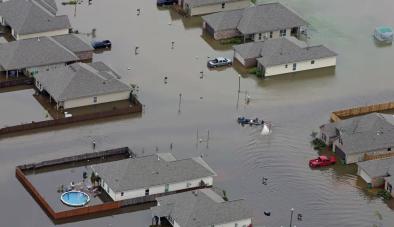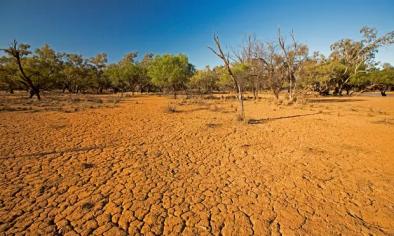Colder Eastern Equatorial Pacific and Stronger Walker Circulation in the Early 21st Century: Separating the Forced Response to Global Warming From Natural Variability
Study key findings & significance
- Observations show that the longitudinal (east-west) air and ocean circulation, known as the Walker cell or Walker circulation, has strengthened over recent decades, especially after 1990.
- The study looks at whether the strengthening of the Walker cell is a response to rising CO2 concentrations versus natural variability.
- Since 1980, a sea surface warming pattern in the Northern Hemisphere - Indo West Pacific that – differs from the Pacific Decadal Oscillation – suggests a global warming response.
- The warming response contributes to the Walker Circulation strengthening and it resembles a forced response to abrupt CO2 forcing that is emerging in a subset of climate models.
Author quote
"The Walker cell is strengthening, and we propose a novel way to assess the potentially forced component of this trend. Once you 'subtract' the PDO, the SST pattern looks like a transient ocean thermostat response."
Abstract
Since the early 1990s the Pacific Walker circulation shows a multi-decadal strengthening, which contradicts future model projections. Whether this trend, evident in many climate indices especially before the 2015 El Niño, reflects the coupled ocean-atmosphere response to global warming or the negative phase of the Pacific Decadal Oscillation (PDO) remains debated. Here we show that sea surface temperature trends during 1980–2020 are dominated by three signals: a spatially uniform warming trend, a negative PDO pattern, and a Northern Hemisphere-Indo-West Pacific warming pattern. The latter pattern, which closely resembles the transient ocean thermostat-like response to global warming emerging in a subset of CMIP6 models, shows cooling in the central-eastern equatorial Pacific but warming in the western Pacific and tropical Indian Ocean. Together with the PDO, this pattern drives the Walker circulation strengthening in the equatorial band. Historical simulations appear to underestimate this pattern, contributing to the models' inability to replicate the Walker cell strengthening.
Related Content




